Patriot
No longer a newbie, moving up!
- Joined
- May 10, 2012
- Messages
- 807
- Reaction score
- 117
- Location
- Spokane, Washington
- Can others edit my Photos
- Photos OK to edit
The same day I received my first film camera I was curious to see if the Nikon SB-910 would work. It did like a champ! Good thing Nikon keep the flash hot shoe the same after all this time. How do you know exactly when the flash setting are just right? How do you know when it will be too powerful? You can't just fire off test shots and check the picture like with digital.
I know that I would be using the manual mode since the flash most likely can't or won't be receiving any information from the body itself. So using the manual settings on the flash is a must.
-Hunt
I know that I would be using the manual mode since the flash most likely can't or won't be receiving any information from the body itself. So using the manual settings on the flash is a must.
-Hunt



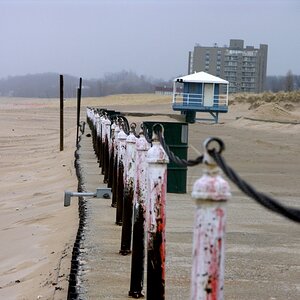
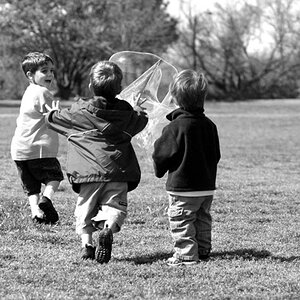
![[No title]](/data/xfmg/thumbnail/32/32179-99b00fe3df8a5ed7303ced76980128fd.jpg?1619735235)
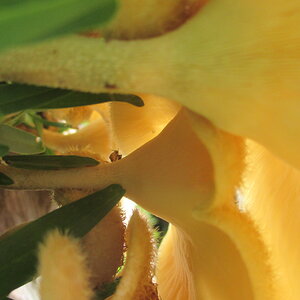
![[No title]](/data/xfmg/thumbnail/31/31980-e5048a424621c7b3cd0d306d63c09d67.jpg?1619735137)
![[No title]](/data/xfmg/thumbnail/32/32177-3a3d923fa1584c6ef7d6602aaa24fbc6.jpg?1619735235)
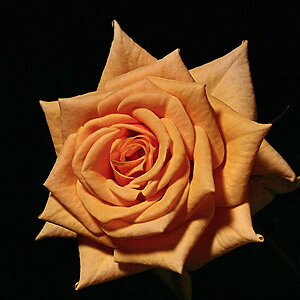
![[No title]](/data/xfmg/thumbnail/41/41906-b9041eb5a3fa48eb5d5084ac2198a75c.jpg?1619739940)
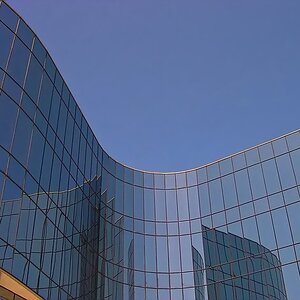
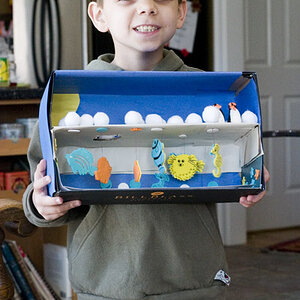
![[No title]](/data/xfmg/thumbnail/41/41905-b622c7d92c817afea0d4f5704e7fb329.jpg?1619739940)